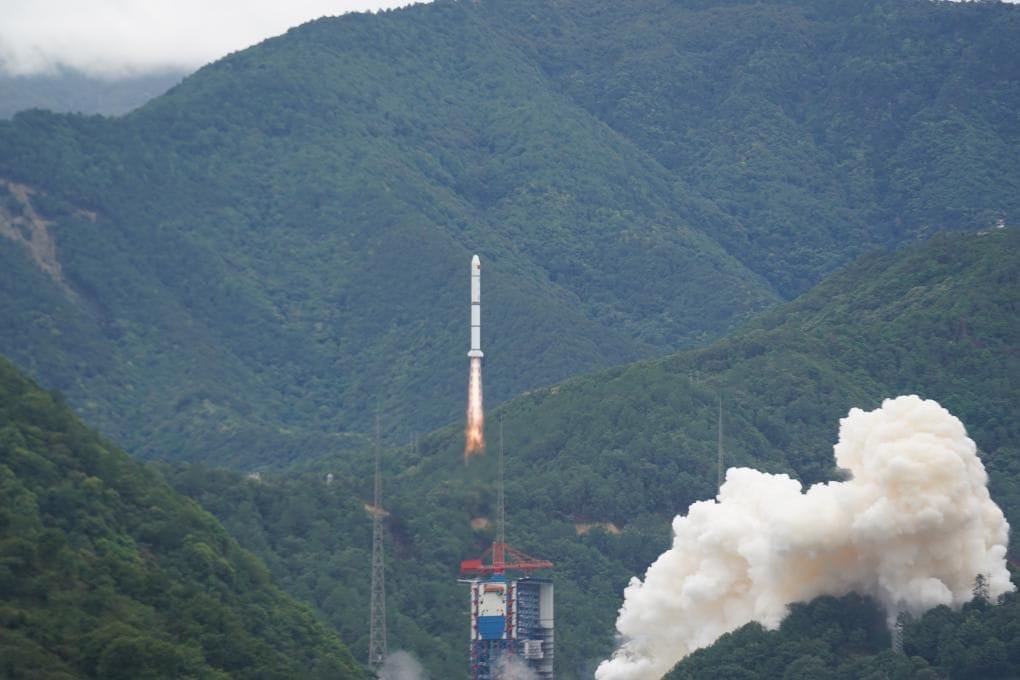A new astronomical satellite developed in cooperation with France has been launched by China.

China launched an astronomical satellite on Saturday that resulted from nearly 20 years of collaboration between Chinese and French scientists. The satellite, named Space-based Multi-band Variable Object Monitor (SVOM), was launched by a Long March-2C rocket at 3:00 p.m. (Beijing Time) from the Xichang Satellite Launch Centre in southwest China's Sichuan Province, according to the China National Space Administration (CNSA).
The satellite has been placed in an orbit over 600 kilometers above Earth and is designed to have a life span of five years, with a potential operational capability of up to 20 years. SVOM is intended to capture gamma-ray bursts, which are highly energetic explosions that occur in distant galaxies.
"We are looking forward to some important discoveries, such as the earliest gamma-ray bursts that occurred when the universe was still in its infancy, which will help us study cosmic evolution," said Wei Jianyan, SVOM's Chinese principal investigator and a scientist at the Chinese Academy of Sciences' National Astronomical Observatories.
Bertrand Cordier, SVOM's French principal investigator who works at the French Alternative Energies and Atomic Energy Commission, said, “By using the gamma-ray bursts as a tool to observe the early universe, we can observe maybe the first stars. This is very interesting because this is the only way to get information about the universe at this age.”
The satellite carries four scientific instruments, two of which have been developed by China and two by France. These instruments enable a large field of view and high-precision observation to capture gamma-ray bursts effectively.
